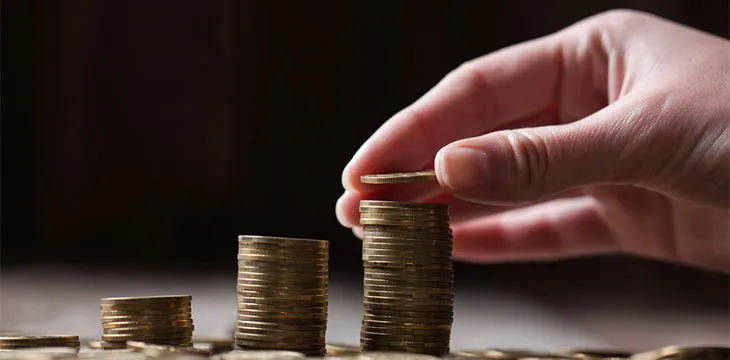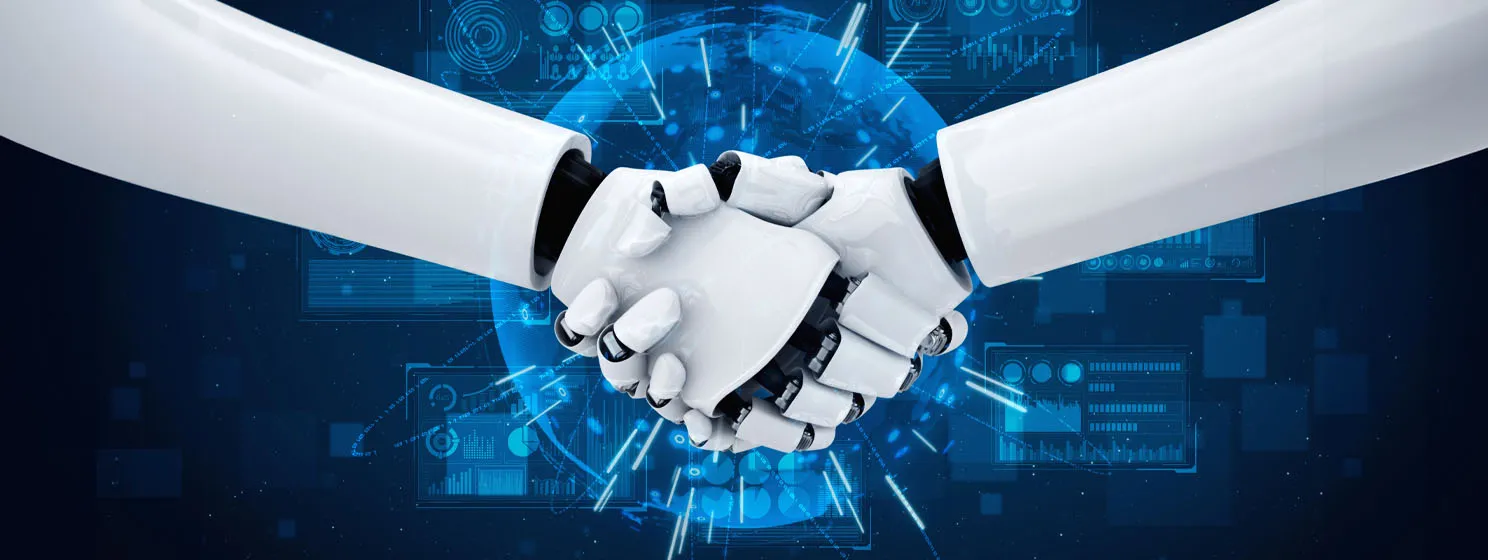|
Getting your Trinity Audio player ready...
|
To better understand Bitcoin, it helps if we know a little about the history of money. In this article, Marquez Comelab explores the origins of money, what our ancestors used as money, and why. He also tells a story of a particular innovation in money that changed the course of our history, with its impact reverberating across centuries and still influences us to this very day.
The process by which a particular commodity becomes currency is driven by necessity. In whatever circumstances we find ourselves, we will look for the most practical, efficient, and convenient way to transact with each other so that we, and our dependants, can survive and thrive.1 To broaden our understanding of money and to appreciate the revolution the innovation that Bitcoin brings, this article will tell a short story about how our ancient predecessors started using money. After that, we shall learn of an ancient civilization called the Lydians, who figured out a way to make money in the form of coins that made it faster and easier to transfer value from one person to another, and how this innovation changed the course of our civilization.
The origins of money: barter and early forms of money (commodity money)
The history of money begins with our ancestors’ need to trade. Consider a farmer and his family who specialized in grains and vegetables but also wanted other things like meat, wine, and jewelry. They needed to find other people who produced what they did not have. This exchange system, characterized by the exchanging of goods or services for other goods or services, is called the Barter system.
The difficulty with the Barter system is that it is time-consuming to find the person who has what you want and you, coincidentally, have what he wants. This problem is shortly known as “the double coincidence of wants.” If you are a farmer who has just harvested rice and wanted to exchange a portion of it for pork, it might take a while to find the right trading partner. You might find someone who has pork, but they want to exchange it for potatoes, not rice. A fisher might wish to have your rice, but he can only offer you fish, not pork.
Recognizing this problem, people began accepting live animals as a form of money in many parts of the world, around 9000 to 6000 BC. It became common to calculate values in terms of cattle, buffaloes, sheep, or camels. These animals serve and continue to serve as a good ‘store of value,’ primarily since they benefit their owners because of their usefulness.
Camels, for example, can be used for transportation. Cows produce milk, and buffalos can be used to cultivate rice. Livestock, therefore, functioned and continues to serve as ‘capital.’ The word ‘capital’ came from the same Latin roots that gave us the word ‘cattle.’ Once some other need outweighs these benefits, the owners of these animals can always stop using them as ‘capital’ and instead use them as money by exchanging them for other things they need more.2
Further, livestock tends to keep its value a lot longer than other commodities. In today’s language, they are a better ’store of value’ than vegetables because vegetables do not stay fresh for long and rot.
Apart from animals, people also started using other commodities like corn (Guatemala), rice (Southeast Asia), coconuts (Nicobar Islands), and Barley (Sumer, 3000BC) as money/currency.3 4
These commodities were later replaced by more durable and portable items like shells, stones, and teeth. Cowrie shells became a popular form of money in Africa, Asia, and Oceania in 1200BC. “They are durable, easily cleaned and counted, and defied imitation or counterfeiting.” The cowrie is the most widely and longest-used currency in history. In as recent as 1860 Uganda, one could buy a woman for 1000 cowries. It took until the middle of the twentieth century before they disappeared from circulation.5
Eventually, people moved on to using metals because they held their value for a longer time. They last very long, which makes them a good store of value. When metal is not being used for money, it can still be useful because it can be converted into jewelry, weapons, or tools. Metal tools like spades, hoes, and knives were used in China as currencies around 1000-500 BC.6
Of all the metals, gold has been the most revered. Unlike iron that rusts and copper that turns green, pure gold does not change and remains pure. In cultures the world over, gold is commonly associated with something magical or divine.
The rise of civilizations based on money and markets
Coins appeared in India and China, but the earliest coins that resemble our modern coins seemed to have come from a kingdom called Lydia around 640 – 630 BC.7 They were disk-shaped, and they had images stamped on both sides, with one of them being that of a human head or an authenticating seal.
The Lydians made a significant breakthrough in making coins. The nuggets of gold and silver from which they made the coins had the same weight and size. This standardization enabled people to count the coins to know how much gold or silver they had without going through the time-consuming task of weighing coins in every transaction. This sped up the time it took to settle transactions and simultaneously reduced the opportunity to cheat or make errors during the weighing process.
Because they were so easy to use, these Lydian coins became prevalent. Eventually, the cost of everything else, including loaves of bread to months of rent, were being priced, measured, and exchanged in terms of these new coins. Suddenly, it became so much easier to do commerce. The first retail shops and markets opened in Lydia. Eventually, the Lydian’s practice of making coins was copied by their neighbor Greece, which later grew wealthy and powerful from conducting business using coins across the Mediterranean.
Money in the form of coins allowed us to think beyond exchanging material objects and conceptualize more abstract concepts, like work. Under a simplified system of cash made of coins, people could quantify how much a day’s work was worth depending on the skill or physical labor required. Money became the standard with which we could value our time. People could offer and be offered coins for their time to help build a house, till someone else’s field, or feed someone else’s animals.
It also became possible to express the value of a piece of art or music performance in terms of coins, making them easier to buy or sell. Just as well, as the Greek elite amassed wealth: they had money to spend on art, music, good food, and festivities. They also had plenty of time to pursue other social luxuries like sports, politics, and philosophy, stimulating further study of these disciplines. To this day, we still examine the works of many thinkers from their time: thinkers like Socrates, Plato, and Aristotle.
Great civilizations have been dominated by religion or politics backed by military might. Religions influence human beings by manipulating their fear of the unseen (ghosts, the devil, and hell) or their desire for something like the afterlife. Political institutions appealed to people’s fears of outsiders or their rulers. For thousands of years, people thought about their world and their existence in either of these two frameworks, until Greece built a new civilization based on commerce and money. “The centre of the classical Greek city was not the place of a great king, the fortress of the army, or even the temple. Greek public life centred on the agora—the marketplace. Theirs was essentially a commercial civilization.”8
With its market-based economies built on money, the rise of the Greek civilization forced people to think in terms of numbers as they began calculating the values of most things around them, including the value of their work, their time, and by extension, their lives. People started making essential decisions less emotionally and personally. Instead, they approached solving problems more intellectually, more logically, and pragmatically. “This gave rise to new intellectual professions like teachers, literary people, artists, physicians, scholars, and state officials.”
The Lydians could not have known at the time how their innovation in money “unleashed a revolution that began in commerce but spread almost simultaneously to urban design, politics, religion, and intellectual pursuits. It created a whole new way of organizing human life.” This revolution spread to ancient Greece, and then centuries later, Rome built the world’s first empire organized around money.
Conclusion
We began this article by looking back at the origins of money. We learned that the earliest forms of money had been cattle and livestock, along with crops like rice and barley. Then they moved on to using shells and metals. Along the way, we came to understand certain qualities that people found desirable in money. They favored useful forms of money that could double-up as ‘capital’ that helped their lives and livelihoods. This ensured they retained their value. Durability and portability were also big reasons why they chose a particular commodity to use as currency.
We met the Lydians—an ancient civilization that existed between 1200 BC to 546 BC. They innovated by making money in the form of standardized coins that made commerce more accessible, quicker, and more efficient. This changed the course of history and the scale of its impact and influence throughout the centuries in Classical Greece, the Roman Empire, and today.
I wanted to tell you this story because we, like the ancient Lydians and the Greeks, are about to undergo a revolution that is slowly gaining pace. It began with the invention of Bitcoin. The inventor of Bitcoin, Satoshi Nakamoto, has shown us a way in which we can transfer things of value, not as metal coins that get transported by horses and ships, but as electrical signals that can be sent and received instantly, anywhere around the planet, cheaply.9 To think how much the world had changed when we learned to transfer value using coins, imagine all the things that will be possible with Bitcoin!
Learn more about Bitcoin investments with this new ebook, Investing in Blockchain: Better data for a better world.
***
Notes:
[1] We discussed this in a previous article, “What is money and can Bitcoin really be used as currency?”
[2] I am aware of modern sensitivities regarding our treatment of animals, but that is another discussion.
[3] Thomas Pellechia, Wine: the 8,000-year-old story of the wine trade. (Philadelphia: Running Press, 2006), p10.
[4] Jack Weatherford, The History of Money (New York: Three Rivers Press, 1997), p41.
[5] Glyn Davis, A History of Money (Cardiff: University of Wales Press, 2002), p36
[6] Glyn Davis, A History of Money (Cardiff: University of Wales Press, 1994), p56.
[7] Glyn Davis, A History of Money (Cardiff: University of Wales Press, 1994), p63.
[8] Jack Weatherford, The History of Money (New York: Three Rivers Press, 1997), p64
[9] This statement may no longer be true with Bitcoin BTC because of its small block size, but it remains true with Satoshi’s vision of Bitcoin, Bitcoin BSV, where block sizes can grow as big as necessary to facilitate fast transactions.

 07-09-2025
07-09-2025 





